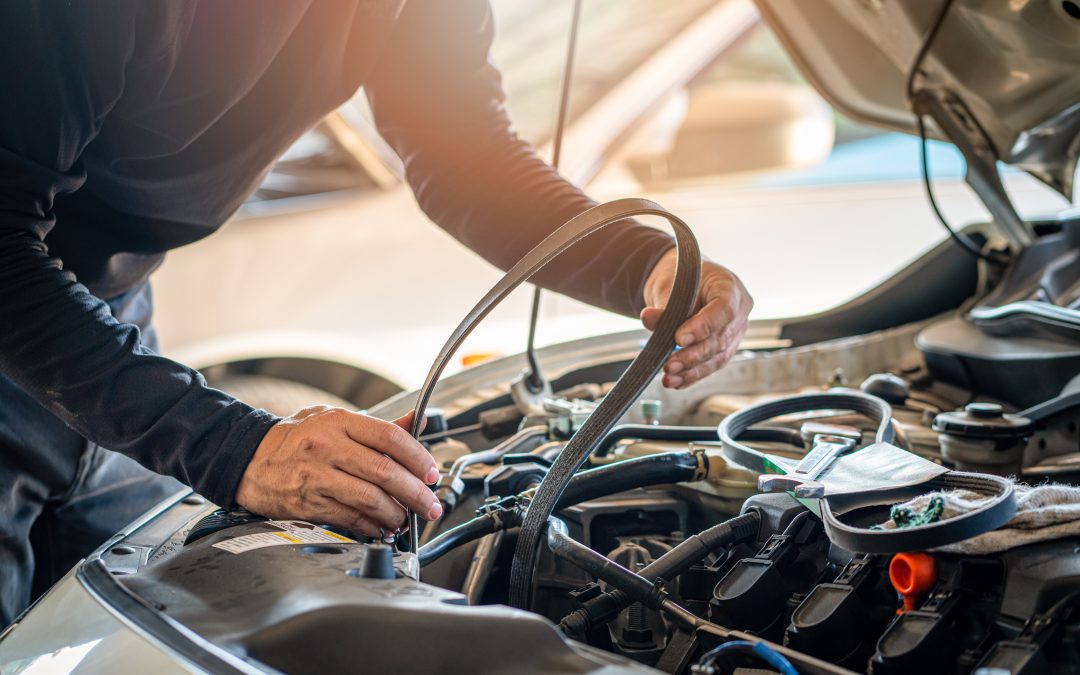Your car is a marvel of engineering, with countless components working in harmony to transport you from point A to point B. Among these unsung heroes is the cambelt, a seemingly inconspicuous rubber belt that plays a pivotal role in your vehicle’s internal combustion engine. In this article, we delve into the world of cambelts, exploring their function, the critical signs that signal replacement, and how to prevent costly engine damage.
The Cambelt: An Engine Maestro
At its core, the cambelt is a silent conductor of the automotive symphony happening under your car’s bonnet. This unassuming rubber belt ensures that the crankshaft and the camshaft rotate in perfect synchrony. In simpler terms, it controls the timing of your vehicle’s engine, regulating the way it works.
But here’s the catch – if this seemingly ordinary belt cracks, tears, or snaps, it can unleash a cascade of catastrophic engine damage. The result? A once-beloved car that may no longer be worth repairing, especially for older models.
Timing is Everything
Now, you might be wondering, “How often should I change my cambelt?” Well, there’s no one-size-fits-all answer to that question. The frequency of cambelt replacement depends on various factors, primarily the make and model of your car. Most manufacturers recommend either a time-based or mileage-based change, whichever comes first.
These intervals can vary significantly from car to car, ranging from 40,000 miles to 100,000 miles or from four years to ten years. To find out when your cambelt needs replacement, simply consult your vehicle handbook, or your trusted mechanic will inform you during your car’s regular servicing.
The Dreaded Scenario: Cambelt Failure
If you think of your cambelt as the conductor of your car’s engine orchestra, a belt break would be like the conductor dropping their baton. The extent of collateral damage caused by a cambelt failure depends on the type of engine your vehicle has.
In interference engines, a broken belt can result in severe valve damage and harm to other engine components. Non-interference engines, often referred to as “free-wheeling,” tend to suffer less damage, but a cambelt replacement after such an incident can still be quite costly.
The Price Tag of Prevention
So, what’s the cost of peace of mind? When it comes to replacing a cambelt, you might be looking at a bill ranging from £200 to over £1,000, depending on your car’s make and where you choose to have the work done. Interestingly, it’s often not the cost of the cambelt itself that makes the bill soar, but rather the labour involved in the replacement process.
This labour-intensive task can take several hours, involving the careful disassembly and reassembly of numerous components. It’s a job that requires expertise and precision.
Listen to Your Car’s Whispers
As the saying goes, prevention is better than cure. Your vehicle can often give you early warning signs of cambelt trouble. One of the most obvious indicators is your car refusing to start. Without the cambelt, the camshaft won’t rotate when the crankshaft turns, rendering your engine immobilised.
In Conclusion
In the grand orchestra of your car’s performance, the cambelt might not take centre stage, but its role is vital. Understanding its function, knowing when to replace it, and listening to your car’s whispers can save you from costly engine damage and keep your trusty vehicle on the road for years to come.
If you have any questions or concerns about your cambelt, don’t hesitate to reach out to Segensworth Automobiles at 01489 662 000. Your trusted mechanic can provide guidance and ensure that your cambelt performs its harmonious symphony for miles and miles.
